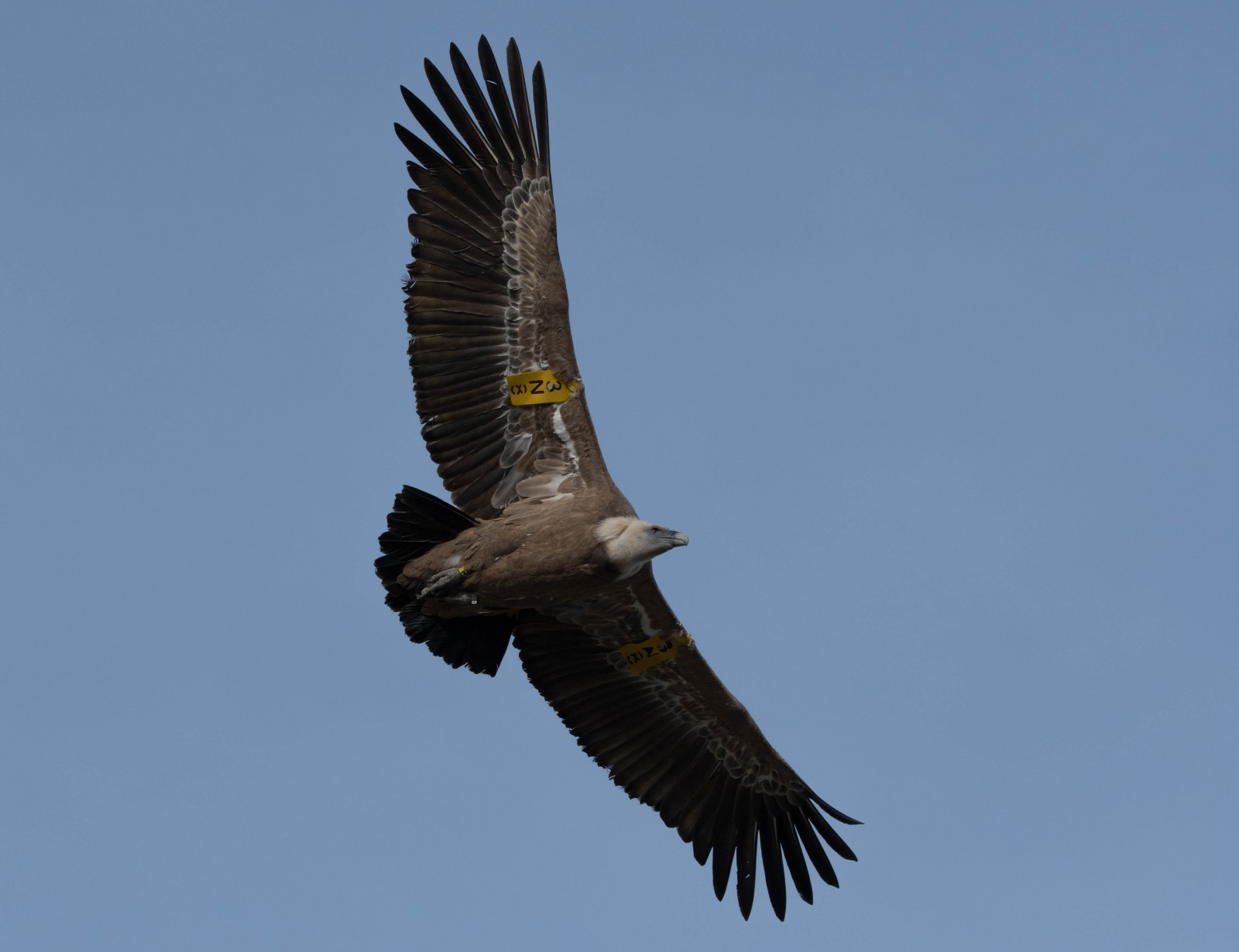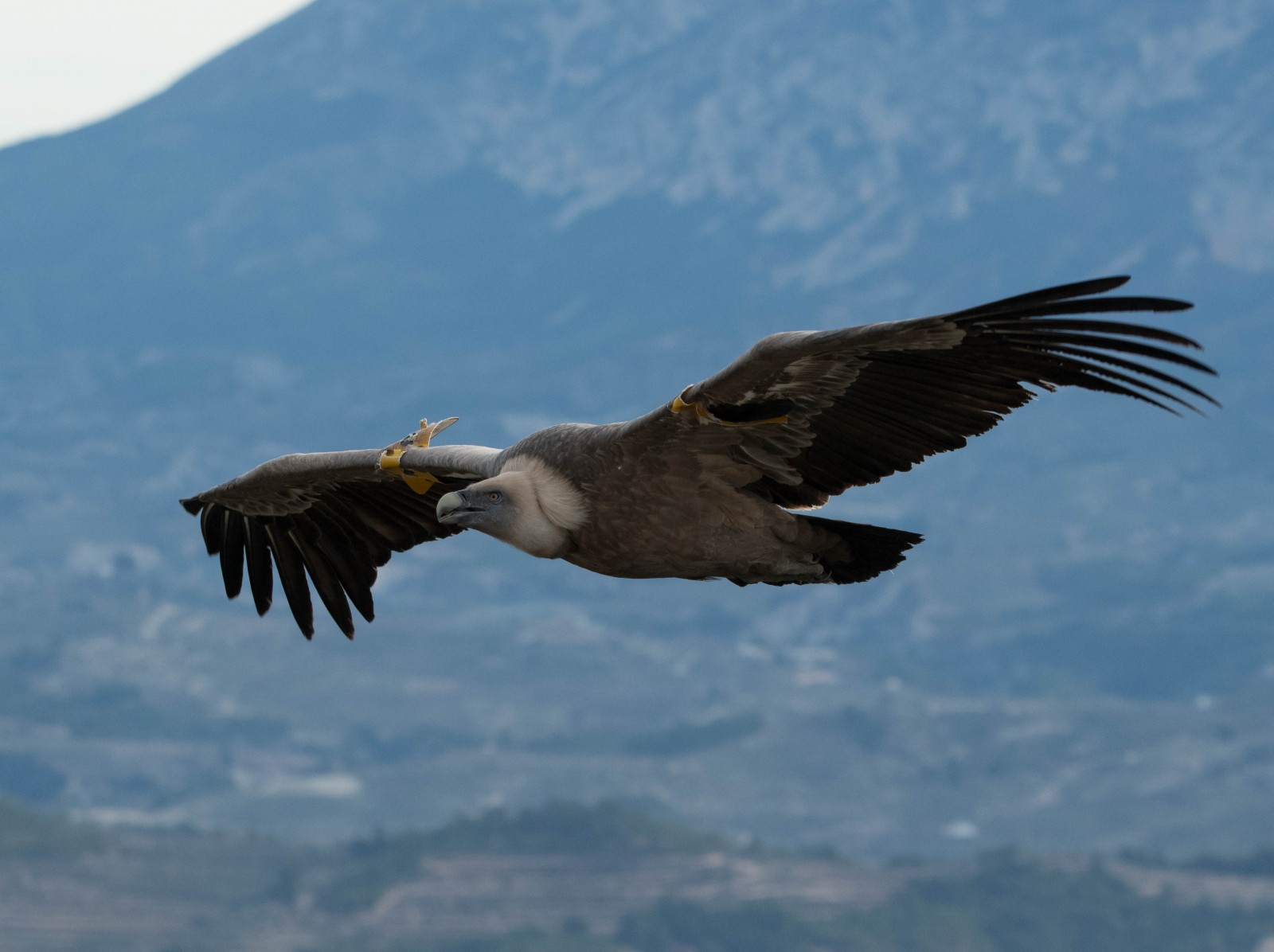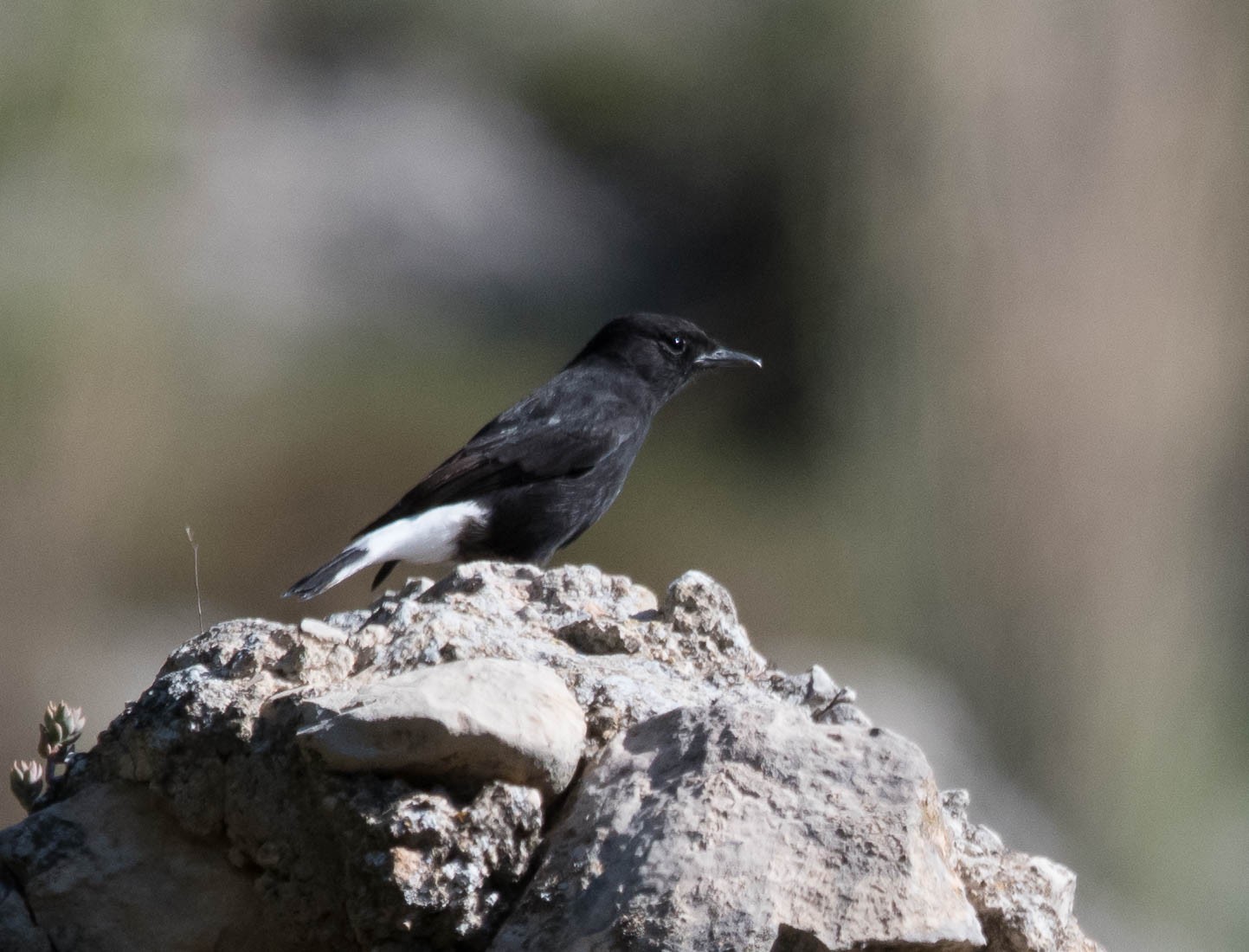Opis
The Serra de Mariola was declared a nature reserve in 2002. The area covers 16,000 hectares and the peak in this mountain range is the Montcabrer (1390 m). The abundance of water has given the Serra de Mariola an enormous wealth of flora and fauna, for example, there are around 1400 species of plants. Mammals that live in the nature reserve are genet cats, wild boars, stone martens, foxes and badgers. But the area is also rich in birds. One of the best places for birding is the Barranc del Cint. sęp płowy have recolonized the cliffs around the Cint ravine. But you can see many other birds when you explore this beautiful area. Birds like kulczyk, bialorzytka zalobna, puchacz, wróbel skalny, pokrzewka kasztanowata, gadożer, orzeł przedni, modrak, krzyżodziób świerkowy and głuszek.
Szczegóły
Dostęp
The route you see on the map is a 9 km circular walk (takes about 3 hours). On this route you pass the area where the cliffs are more than 200 meter high and the sęp płowy nests. The height difference you will bridge on this hike is about 500 meters. But of course you can also only visit the Barranc del Cint and park at the entrance of the site.




